I'm currently trying to change the axis on a stack view based on the orientation of the device. Everything works fine while the phone is vertical, but as soon as I go horizontal my constraints break.
Currently, I have the blue view and the orange view in a vertical stack view. I have the stack view pinned to the leading, top and trailing edge of the super view. I have the bottom of the stack view pinned to the black view. Because the child views within the stack view are not proportional I've set the blue view to a constant height of 70. The stack view is set with the following:
- Alignment - Fill
- Distribution - Fill
- Axis - Vertical
I've discovered whats breaking my constraints when changing the orientation to horizontal, it's the constant height set on the blue view. To combat this I create an IBOutlet of the blue views height constraint. When the phone is rotated I was deactivating the constraint:
override func viewWillTransition(to size: CGSize, with coordinator: UIViewControllerTransitionCoordinator) {
if UIDevice.current.orientation.isLandscape {
blueViewHeight.isActive = false
stackView.axis = .horizontal
} else {
blueViewHeight.isActive = true
stackView.axis = .vertical
}
}
This did not work. My constraints still broke. I then created a width constraint for the blue view (thinking the stack view needed the width while horizontal). I was activating/deactivating the height/width constraint for the blue view based off of the orientation. Alas, this also resulted in broken constraints (in other words my views are strewn all over the place).
The images I have below is what I'm trying to achieve. What should I be setting, or not setting, to get the desired look.







